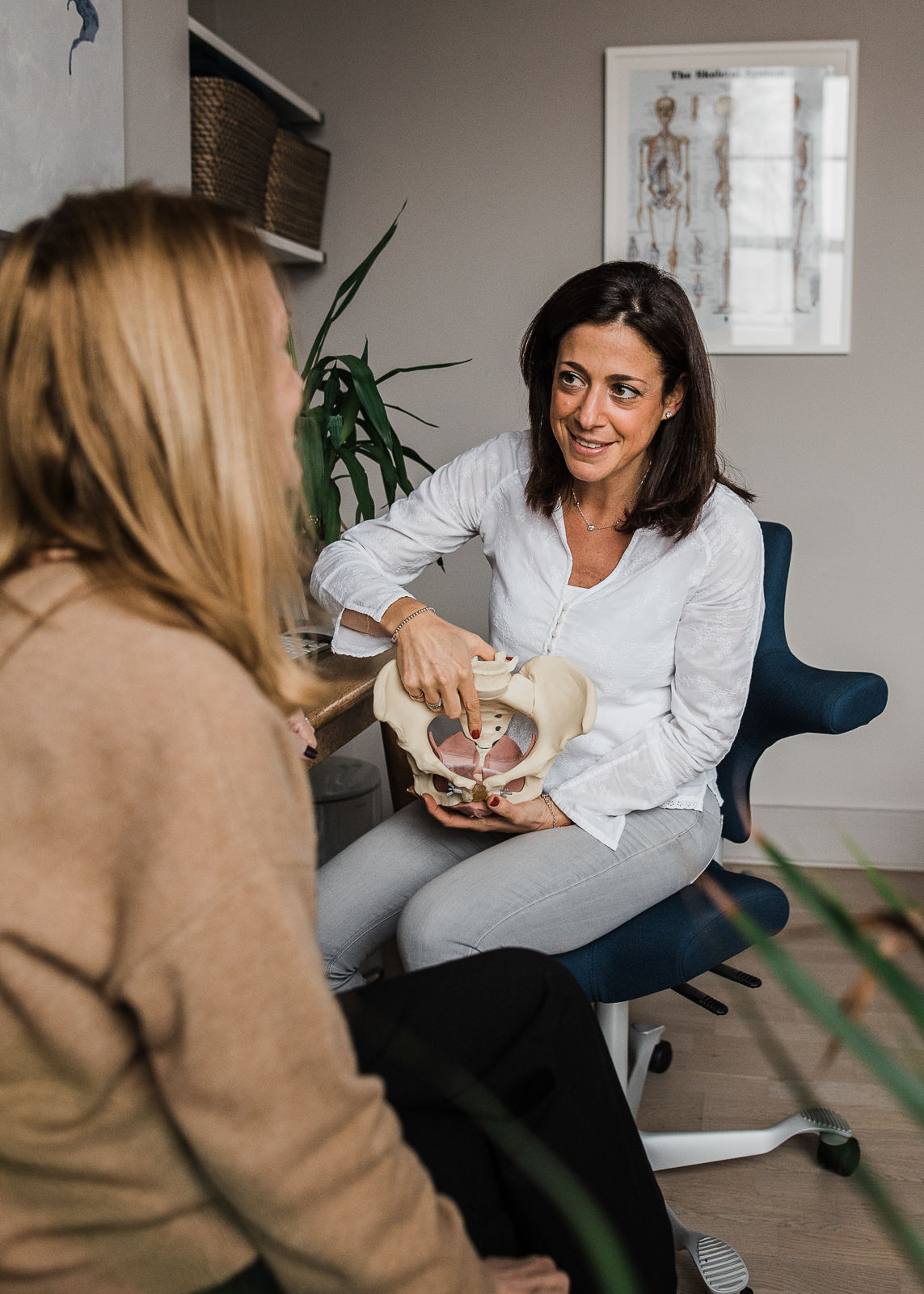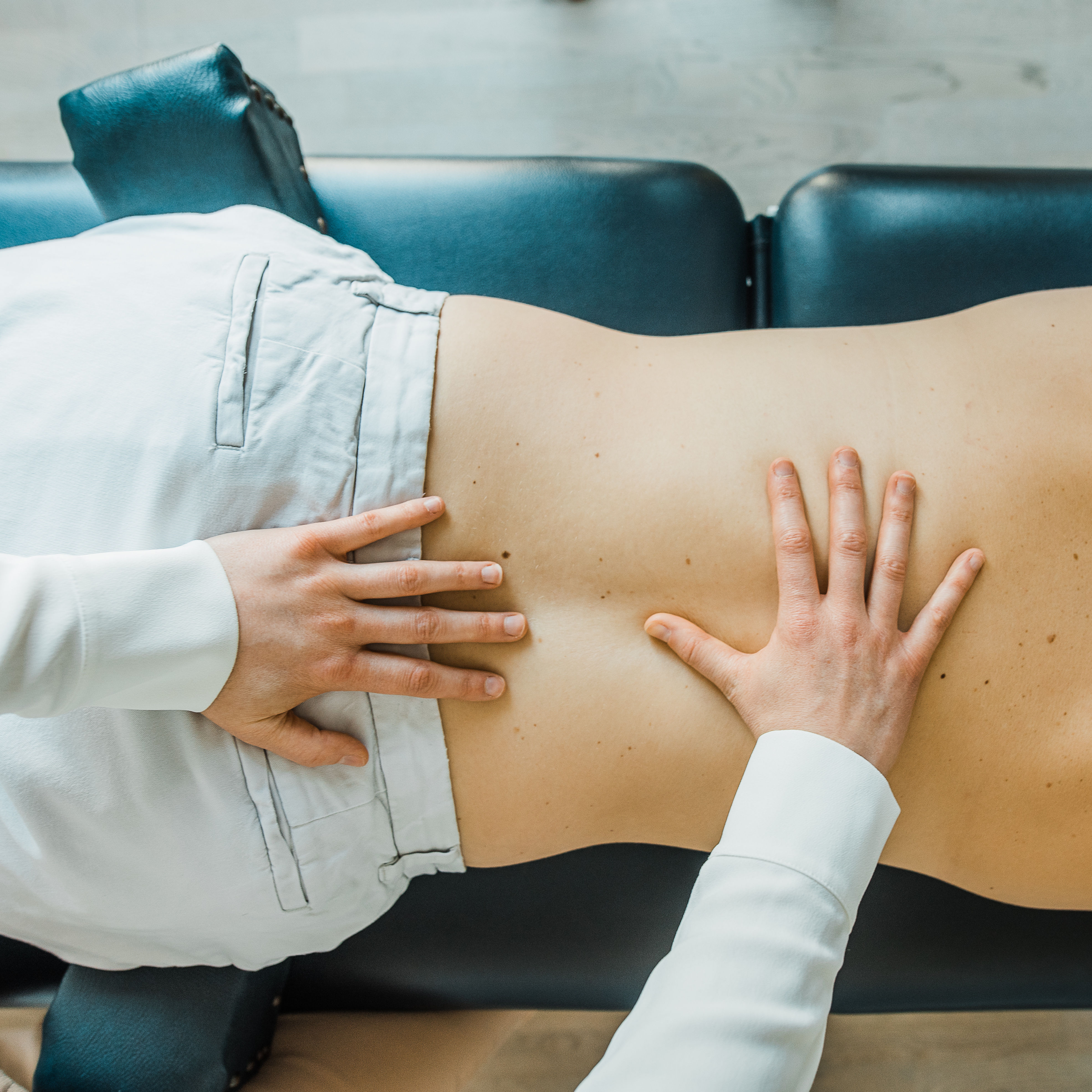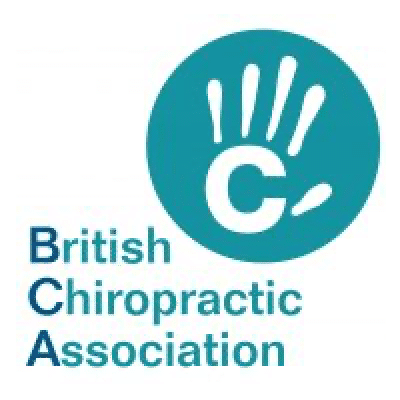Coccydynia – Coccyx Pain
Coccydynia is a pain felt in your coccyx. The coccyx is a small bone beneath the sacrum, at the very base of your spine.
Did you know that the word ‘coccyx’ comes from the Greek word ‘cuckoo’?! This is because the bone looks like the beak of a bird pointing downwards!
Symptoms of Coccyx Pain
Pain in the coccyx can range from a mild, dull ache to a severe, sharp stabbing pain. The pain can be intermittent, occurring on certain movements. Pain may worsen when you’re opening bowels, sitting down and bending forward, whilst you’re on your period or during sex. In some cases it is constant – which can become so extreme it is therefore then impossible to sit down.
Coccydynia is more common in women than in men. It is also more common in those that are obese or underweight – or people who have lost a significant amount of weight very quickly. It rarely occurs in children.
Causes of Coccyx Pain
- Trauma can be caused by sitting on a hard surface. If you sit directly on the tail bone for extended periods of time you may experience pain.
- Repeated movements over the coccyx will cause inflammation of the soft tissue. An example of this could be when cycling.
- A difficult childbirth, an accident causing bruising and dislocation, or a break in the bone from and accident or fall on the coccyx may also cause trauma.
- Pain can also be caused by illness – such as an infection or a tumour.
- During pregnancy, or even after childbirth, some may experience Coccydynia. As a baby grows, there is an increase of pressure on the pelvis which can become uncomfortable. The hormones released in the third trimester of pregnancy allow more movement, which can displace the coccyx and cause pain.
Often Coccydynia resolves without treatment. However, if it persists Chiropractic or Physiotherapy treatment can often help.
Tips for Managing the Pain
- Ice the coccyx for 10- 15 minutes 3 times a day. (Make sure that your ice pack is wrapped in a flannel or cloth and not directly placed onto your bare skin – you don’t want to get an ice burn).
- Use heat, as it can help the muscles around the coccyx relax.
- Use a coccyx cushion. This is a cushion with a cutout for the coccyx, which in turn means that the pressure over the bone is relieved. You can use the cushion in the car, in a work chair or even on a sofa.
- Try pelvic floor treatment. If your coccyx is painful, it may be causing muscle spasm or tightness in the attachments to the coccyx. This will involve the pelvic floor. It may need internal or external treatment to help reduce tightness, down-train or relaxation techniques.
Book in for Women’s Health Physiotherapy today to begin your pelvic floor journey!
- Massage the area. Releasing the muscles around the area, such as the gluteal muscles or hip rotators, can help release pain.
- Breathe! The respiratory diaphragm and pelvic diaphragm (the pelvic floor) work in synchrony together. The pelvic floor directly attaches to the coccyx. Deep diaphragmatic breathing can release pelvic floor muscle tension by increasing the range of movement. It would improve pain with the added benefit of calming the nervous system. If we experience stress or anxiousness, the pelvic floor can become tense. Breathing, meditation or mindfulness can help manage stress levels which in turn can affect the pain.
- Movement and pelvic stretches. By standing up and moving around, you can reduce pressure on your coccyx. Hip and pelvic stretches will provide relief too. A Physiotherapist or Chiropractor can guide you with these exercises.
- By seeing a Chiropractor, they may also be able to manipulate the area around the coccyx.
- Using stool softeners. Reducing straining when opening your bowels will help pain.
Try implementing these handy coccyx pain cures into your routine and see if helps!
If you feel like you would like further help and support, email Louise on louise@tivolichiropractic.co.uk, or book in to see one of our practitioners.
Why not read one of our other latest blogs, Headache Handbook, by Chiropractor Ellie Hill here?


























